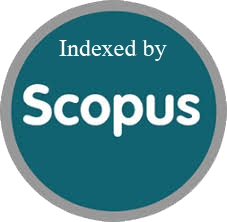Journal of Prime Research in Mathematics
Journal of Prime Research in Mathematics (JPRM) ISSN: 1817-3462 (Online) 1818-5495 (Print) is an HEC recognized, Scopus indexed, open access journal which provides a plate forum to the international community all over the world to publish their work in mathematical sciences. JPRM is very much focused on timely processed publications keeping in view the high frequency of upcoming new ideas and make those new ideas readily available to our readers from all over the world for free of cost. Starting from 2020, we publish one Volume each year containing two issues in June and December. The accepted papers will be published online immediate in the running issue. All issues will be gathered in one volume which will be published in December of every year.



